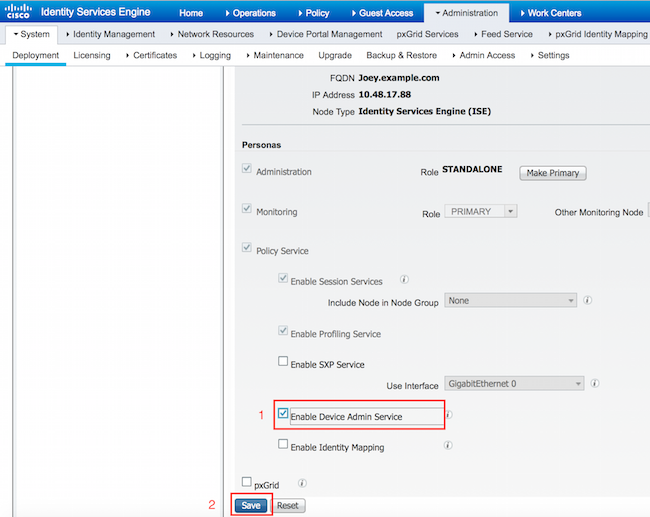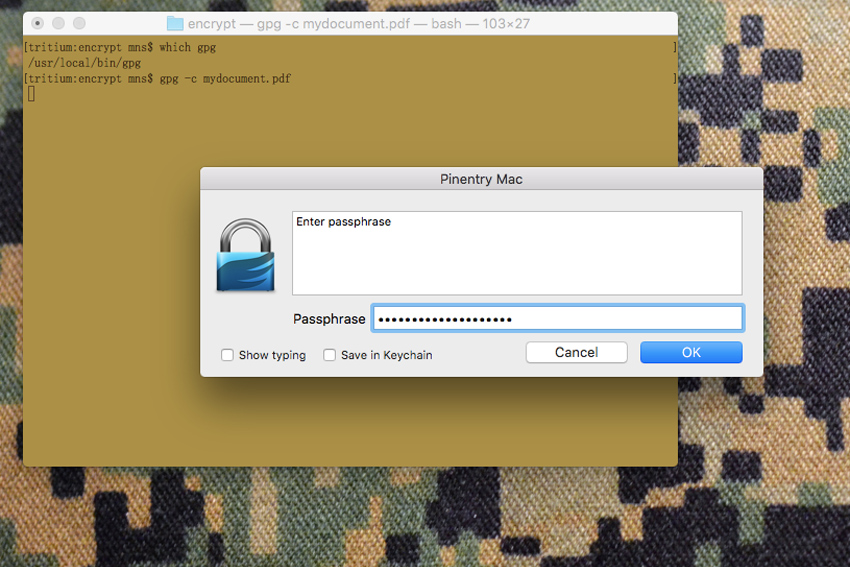Generate Aes Key Command Line
Encrypting: OpenSSL Command Line. To encrypt a plaintext using AES with OpenSSL, the enc command is used. The following command will prompt you for a password, encrypt a file called plaintext.txt and Base64 encode the output. The output will be written to standard out (the console). SHA1 will be used as the key-derivation function. Generate Symmetric Keys. Use the genSymKey command to generate AES, triple DES, and other types of symmetric keys. To see all available options, use the genSymKey -h command. The following example creates a 256-bit AES key. Having previously generated your private key, you may generate the corresponding public key using the following command. $ openssl pkey -in private-key.pem -out public-key.pem -pubout You may once again view the key details, using a slightly different command this time. $ openssl pkey -in public-key.pem. AR# 52881 Configuration - BitStream Encryption - How to create and program an encrypted bitstream. Then enter the HMAC and/or AES Key and run BitGen to generate an NKY(key) and/or BIT(config) file. Please Refer to the 14.4 Command Line Users Guide for more information regarding additional BitGen options/switches.
- Aes Encryption Key Generator
- Aes Key Generator
- Generate Aes Key Command Line Number
- Generate Aes Key Command Line Code
Used to turn on or turn off BitLocker, specify unlock mechanisms, update recovery methods, and unlock BitLocker-protected data drives. This command-line tool can be used in place of the BitLocker Drive Encryption Control Panel item. For examples of how this command can be used, see Examples.
Syntax
Parameters
| Parameter | Description |
|---|---|
| Manage-bde: status | Provides information about all drives on the computer, whether or not they are BitLocker-protected. |
| Manage-bde: on | Encrypts the drive and turns on BitLocker. |
| Manage-bde: off | Decrypts the drive and turns off BitLocker. All key protectors are removed when decryption is complete. |
| Manage-bde: pause | Pauses encryption or decryption. |
| Manage-bde: resume | Resumes encryption or decryption. |
| Manage-bde: lock | Prevents access to BitLocker-protected data. |
| Manage-bde: unlock | Allows access to BitLocker-protected data with a recovery password or a recovery key. |
| Manage-bde: autounlock | Manages automatic unlocking of data drives. |
| Manage-bde: protectors | Manages protection methods for the encryption key. |
| Manage-bde: tpm | Configures the computer's Trusted Platform Module (TPM). This command is not supported on computers running Windows 8 or win8_server_2. To manage the TPM on these computers, use either the TPM Management MMC snap-in or the TPM Management cmdlets for Windows PowerShell. |
| Manage-bde: setidentifier | Sets the drive identifier field on the drive to the value specified in the Provide the unique identifiers for your organization Group Policy setting. |
| Manage-bde: ForceRecovery | Forces a BitLocker-protected drive into recovery mode on restart. This command deletes all TPM-related key protectors from the drive. When the computer restarts, only a recovery password or recovery key can be used to unlock the drive. |
| Manage-bde: changepassword | Modifies the password for a data drive. |
| Manage-bde: changepin | Modifies the PIN for an operating system drive. |
| Manage-bde: changekey | Modifies the startup key for an operating system drive. |
| Manage-bde: KeyPackage | Generates a key package for a drive. |
| Manage-bde: upgrade | Upgrades the BitLocker version. |
| Manage-bde: WipeFreeSpace | Wipes the free space on a drive. |
| -? or /? | Displays brief Help at the command prompt. |
| -help or -h | Displays complete Help at the command prompt. |

Aes Encryption Key Generator
Examples
Aes Key Generator
The following example displays the drives on the computer and identifies whether or not they are BitLocker-protected and the current encryption status.
Generate Aes Key Command Line Number

Piratebay windows 7 key generator. The following example illustrates enabling BitLocker on drive C with the option of a recovery password. The recovery password will be generated by BitLocker and displayed on the screen so that you can record it.
The following example illustrates unlocking a BitLocker-protected drive by using a recovery password.